Elizabeth | Interview | Where Baroque Meets Psych
Elizabeth did their own thing in the late ’60s, blending psych rock with baroque grace and a cozy touch of folk.
Hailing from Philadelphia, they released their self-titled debut in 1968 on Vanguard Records, a label that also housed Joan Baez and Country Joe & The Fish. Sharing stages with Cream, Joni Mitchell, and The Chambers Brothers, Elizabeth carved out a brief but vivid presence in the scene.
Their story is filled with offbeat moments: Todd Rundgren once auditioned for them, Linda Cohen swapped her drumsticks for classical guitar strings, and Stewkey Antoni passed through before fronting The Nazz. Iconic Philly venues like The Electric Factory and The Main Point hosted their gigs, but it was at Belmont Plateau’s hazy Be-Ins that their music seemed most at home—floating through Fairmount Park like an electric daydream.
Elizabeth shone bright but didn’t last long, calling it quits in 1970. The members scattered to pursue new paths—from storytelling in Florida to producing at Electric Lady Studios—but their sole album remains a dazzling relic of the time.
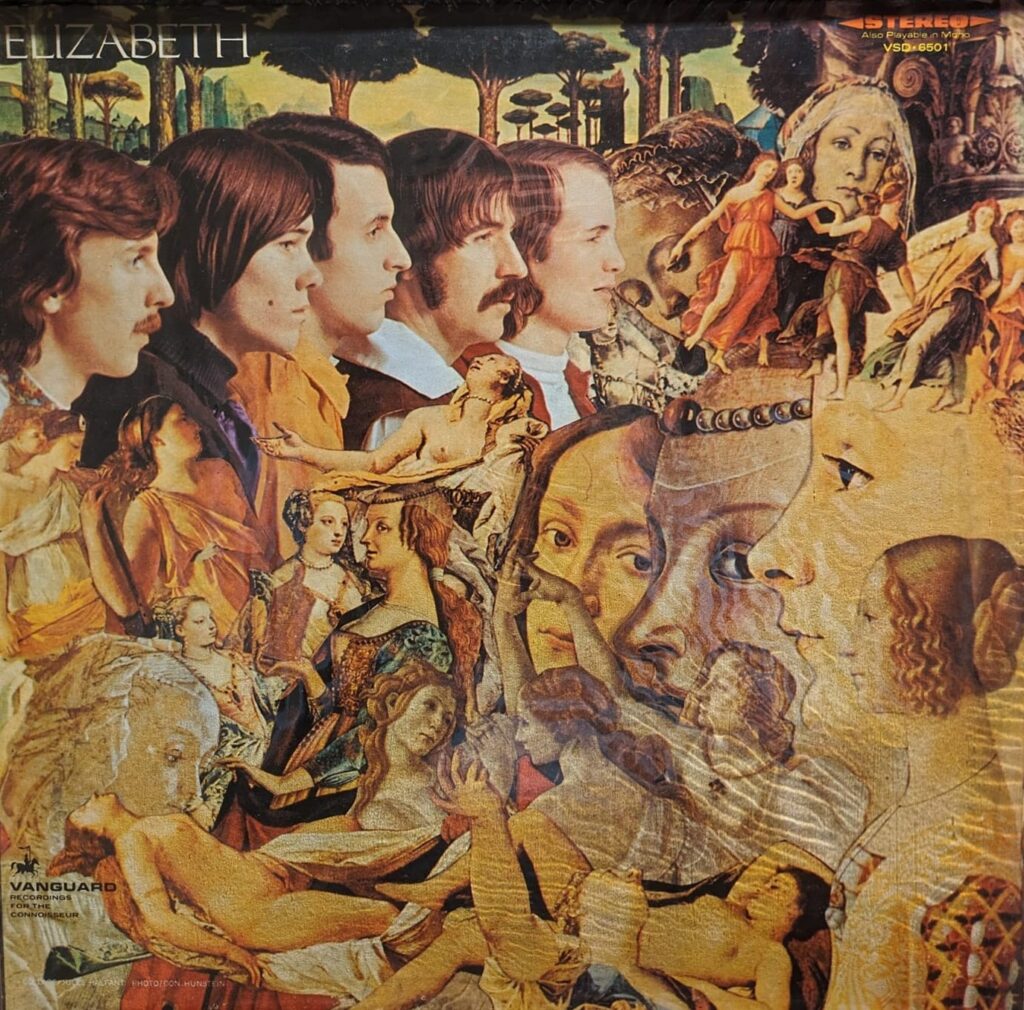
“If we had the opportunity to record it again, we would have done it differently.”
Where and when did you grow up? What was it about music that grabbed you by the soul?
Bob Patterson: As a child, I recall having a radio in my bedroom. I went to bed every night listening to something—everything, actually. Music transported me to a different space where I felt like I was a part of everything. Growing up, I sang songs with my sisters as we cleaned up the dinner dishes. My parents demonstrated no real interest in music.
During my first year of college, I visited the University of Texas and one night attended a fraternity party. It was getting late, and in the middle of the frat house living room was a guy playing a 12-string guitar. The whole room, filled with about fifty students, was listening and singing from their hearts. That’s when I thought, I want to do this. That gentleman playing the 12-string guitar became a friend and gave me a copy of the Folkways Recording ‘How to Play the 12-String Guitar’ by Pete Seeger. I started practicing guitar to break up study time, but before long, I was just playing guitar.
I grew up in Pompton Lakes, New Jersey. I was a jock. There was no music scene, but there was radio, and I enjoyed pop music. No real inspiration here—except for the radio.
Then in the 1960s, they started playing folk music on the radio. It was a new sound for my ears, and it felt more honest. I joined the Navy and was stationed at a Naval Hospital in Philadelphia just as the folk boom was beginning. There were lots of coffeehouses and clubs where everyone was playing their own version of folk music. I was drawn to it. Before long, I was performing at those coffeehouses and eventually formed a trio called The Liberty Bell Singers, playing regularly at the Artist’s Hut in downtown Philly. Before that, I was performing as a solo act.
What bands were you a member of prior to the formation of Elizabeth?
Folk music was really over-marketed in the sixties. Dylan came out at the Newport Folk Festival with an electric guitar, and the Beatles released ‘Sgt. Pepper.’ The handwriting was on the wall—single folk singers were out of work. For me, deciding to make a living playing music meant change was necessary. Hank Ransom, Steve Weingarten, and Steve Bruno had been trying to put together a band in Philadelphia with different players. They wanted members who could write and sing. My friend Jim Dahme, like me, was out of work, so we decided to team up with those guys. It was kind of a half-hearted effort, but we joined the band—a band with no name.
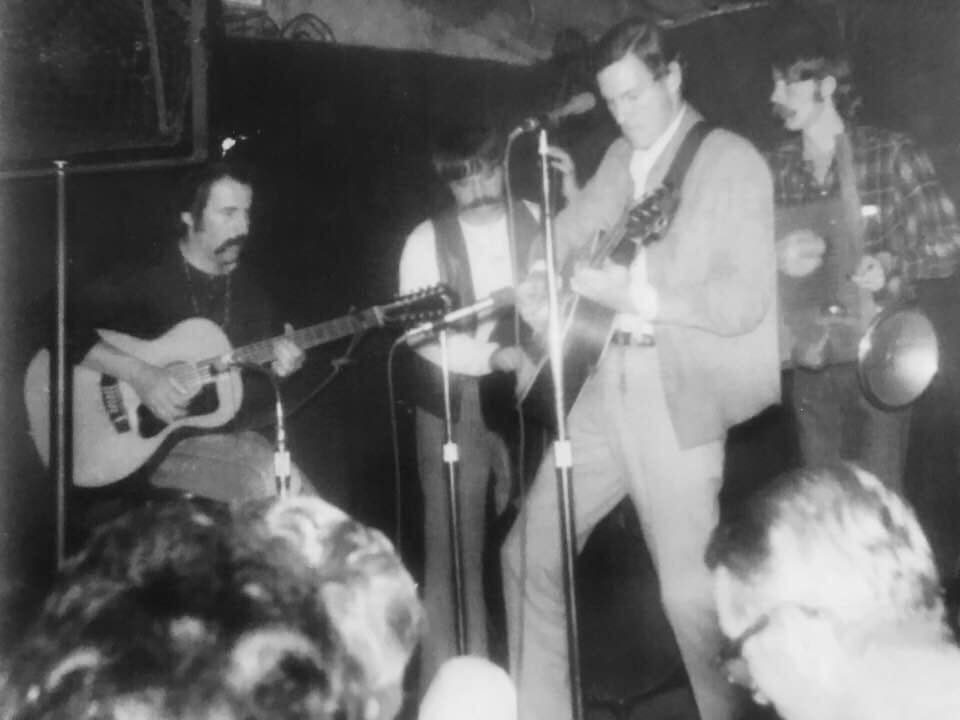
How did you decide to use the name “Elizabeth”?
The story of how the band chose its name depends on who you ask. Best I can remember, we struggled with it and were under pressure to decide. I recall burning a joint in front of a wall or fence covered with graffiti, trying to come up with a name. Right behind us, in large letters across the graffiti, someone had spray-painted the name “Elizabeth.”
I don’t remember where we played our first concert—maybe The Second of Autumn on Sansom Street. But we had fans from the start, and it felt good.
We all liked Buffalo Springfield, The Hollies, Dylan (of course), The Beatles—there were many influences. We worked on trying to be different.
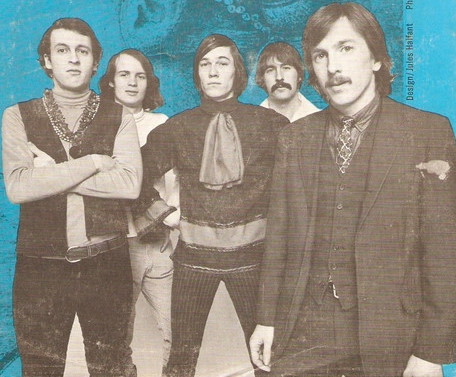
How did you sign up to Vanguard?
The band was drawing big crowds and great press, but we couldn’t get any record companies to come down to Philly, even though we really tried. Then our main sponsor, Joe Mallon, came up with a great idea. He rented a ballroom in a New York hotel and invited all the record company execs and staff to lunch. During lunch, the band performed a short set. By the end of the next week, we had several contract offers. We chose Vanguard Records because we retained publishing rights.
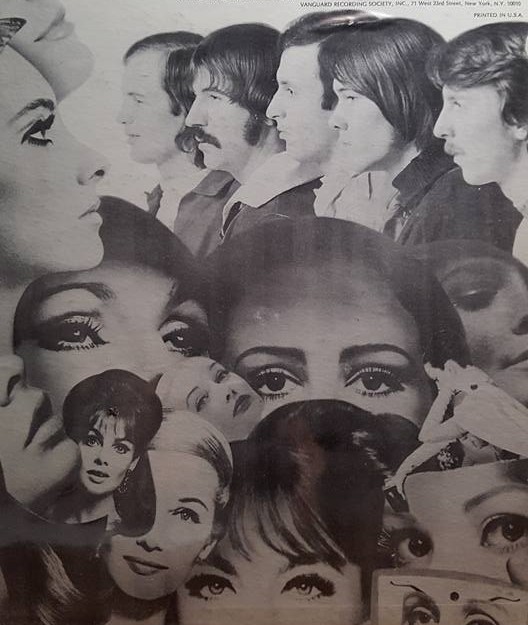
What’s the story behind your album?
The album was recorded in Vanguard Studios in New York. They put us up at the famed Chelsea Hotel, where Janis and Big Brother were staying, along with Country Joe and the Fish. That was a blast. We knew nothing about the recording process and were amazed by how they could cut and splice tape. Sam Charters had an interest in the group and produced the album. There was no real concept—recording was tedious and took a long time with a bunch of takes.
We just recorded our original songs to see how they turned out. Three different writers. After everything was recorded, we assembled the tracks in an order that seemed right at the time.
Recording an album is such an education. If we had the opportunity to record it again, we would have done it differently. I think that’s true for most artists.
Did the band tour to support the LP?
We toured a little—not much. We opened for many well-known bands.
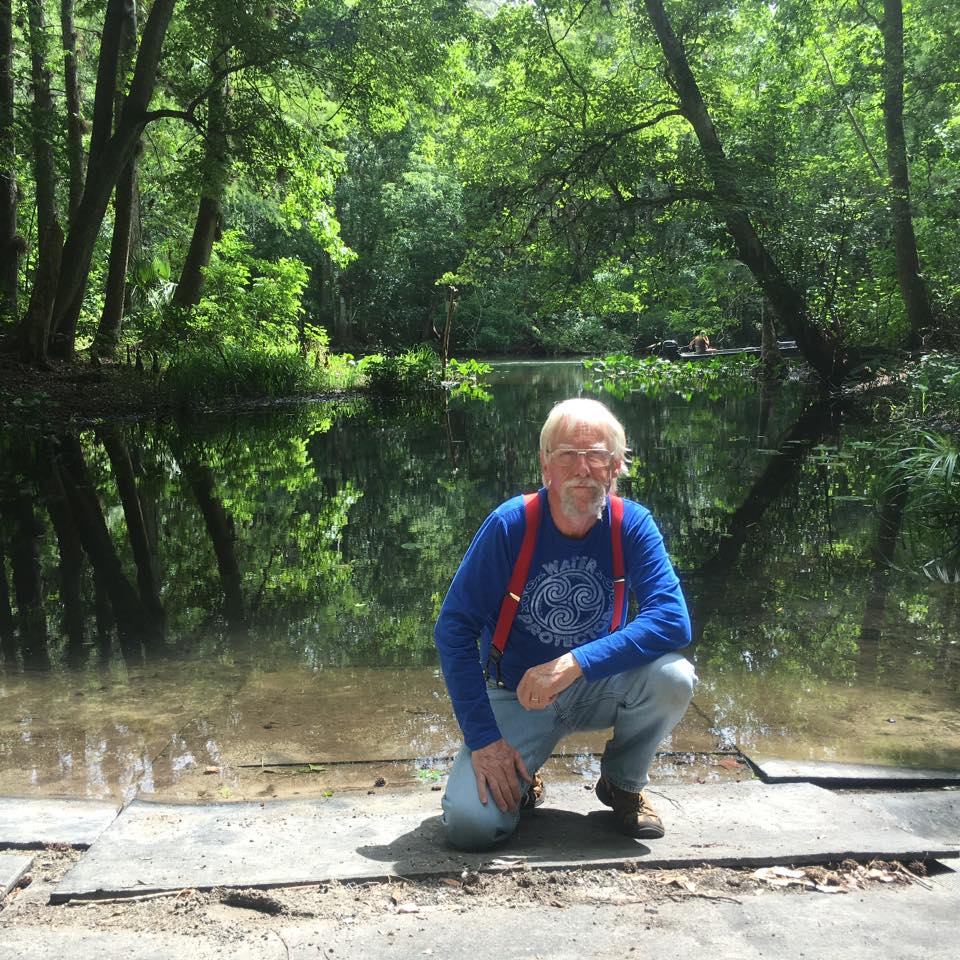
What currently occupies your life?
Things were getting concerning for me with the band in terms of risky behavior, and I was literally going deaf from playing so loud. I bowed out and resumed my efforts as a solo performer. I moved to a magical little town, St. Augustine, in Florida and started a family. I became a big part of the Florida music scene, helping to start and run festivals. I began producing my own vinyl records at first, followed by CDs. I typically produced a thousand at a time and, yes, sold them all. I got great reviews and radio coverage in Florida.
I had always told little stories as introductions to songs, never realizing those stories could stand on their own. Before too long, I started performing at storytelling festivals and published three books.
Now in my older years, I’m focused on environmental issues, using my music and stories to draw attention to the decline in the quality of life caused by disrespect for the environment. www.lullabyoftherivers.com is my non-profit. We produce an environmental fair and music festival every year.
At 83 years of age, I’m still performing with regular weekly concerts and playing at many festivals around the state.
Being alive and playing music through the sixties and seventies was a wonderful experience. It felt like we were all on the same page, and music was the unifying force. The world now is changing from one thing into another, and we’re caught up in the chaos of that change. I believe music today reflects that chaos.
The music industry controls who can make money in music. It’s hard for solo performers to take off and expect to survive by playing music and telling stories. I did that, and I am very, very grateful.
Klemen Breznikar
Headline photo: Elizabeth promotional photo (1968)
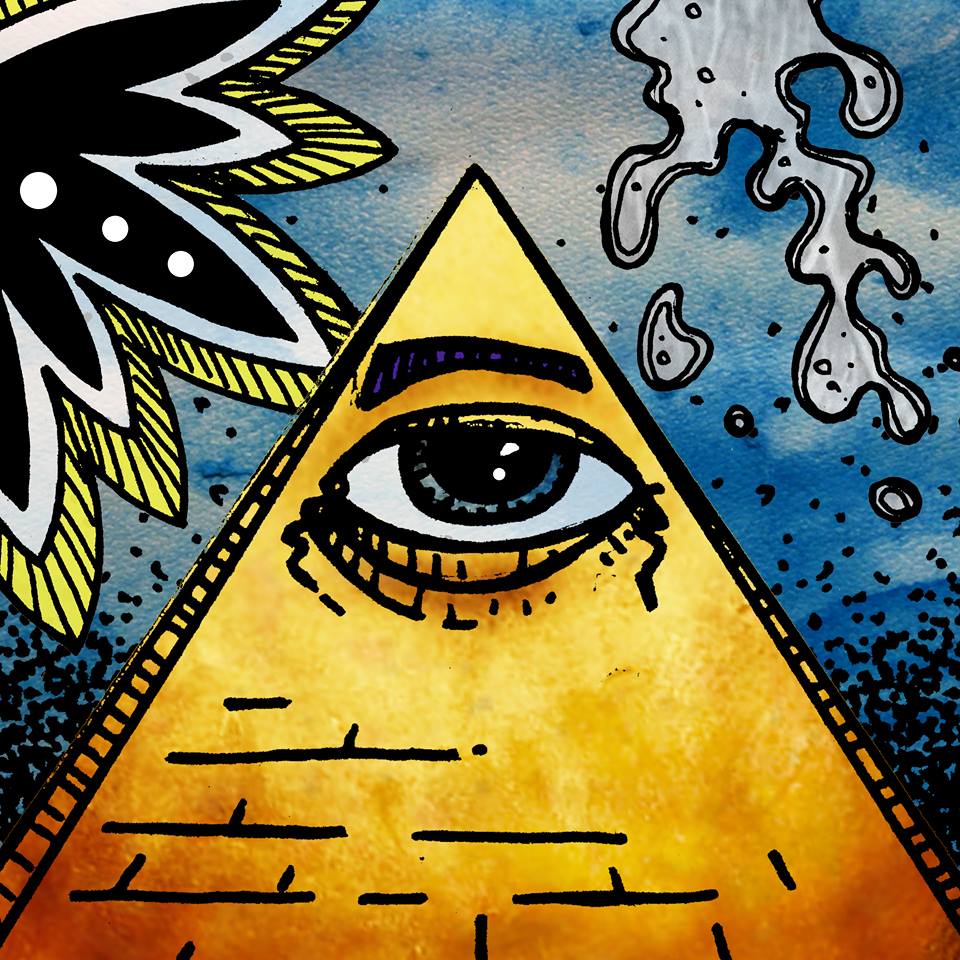
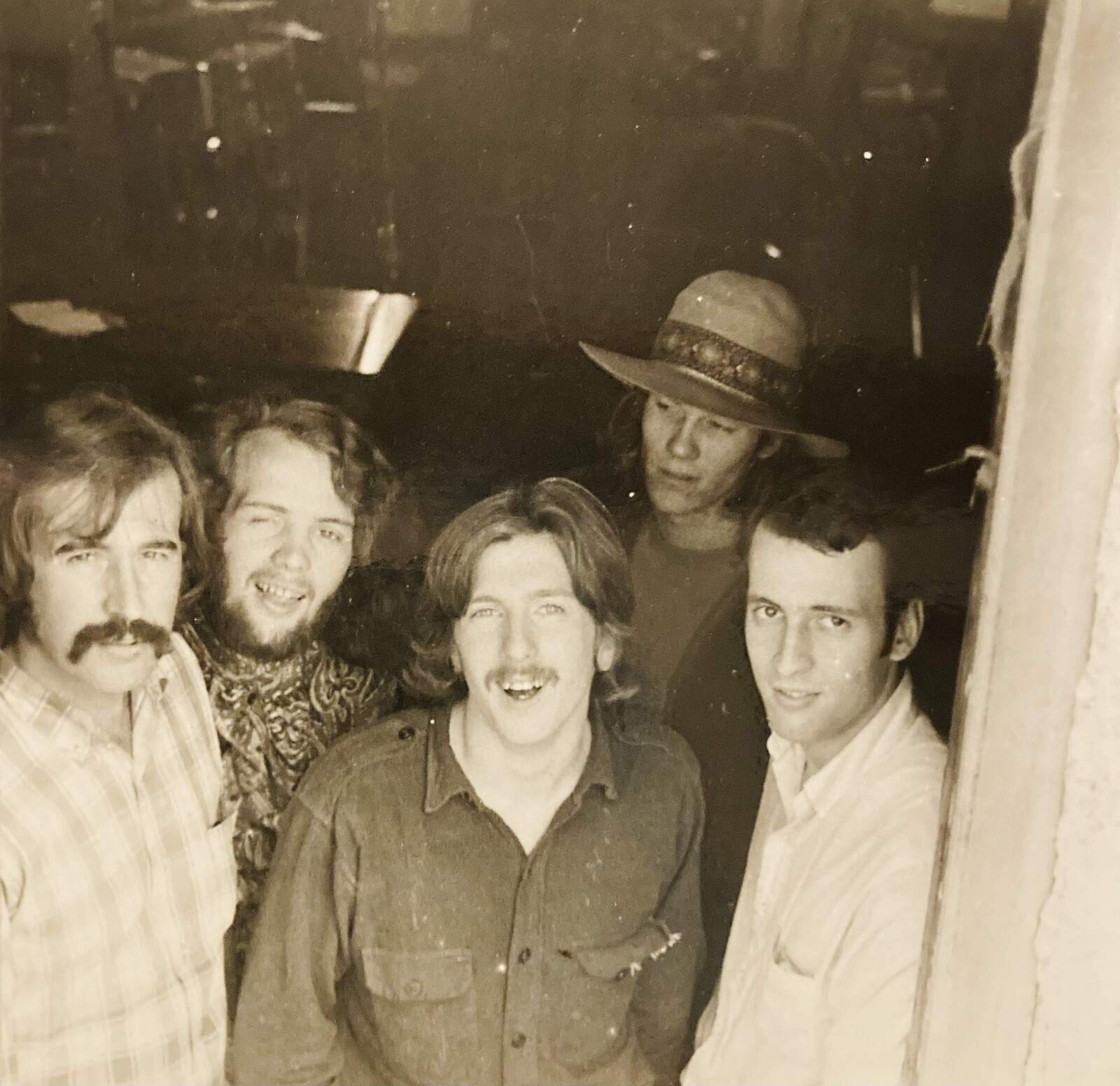
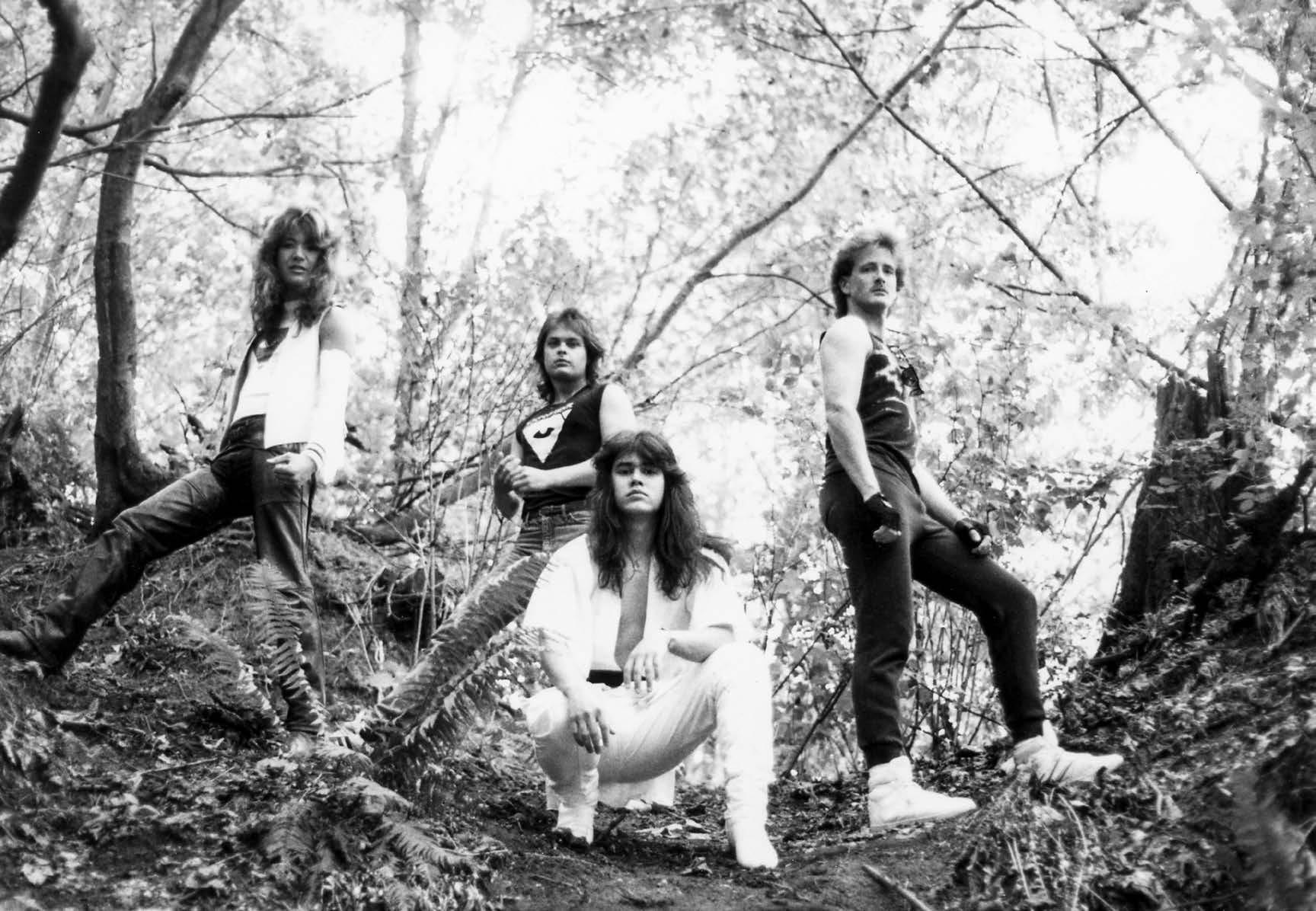
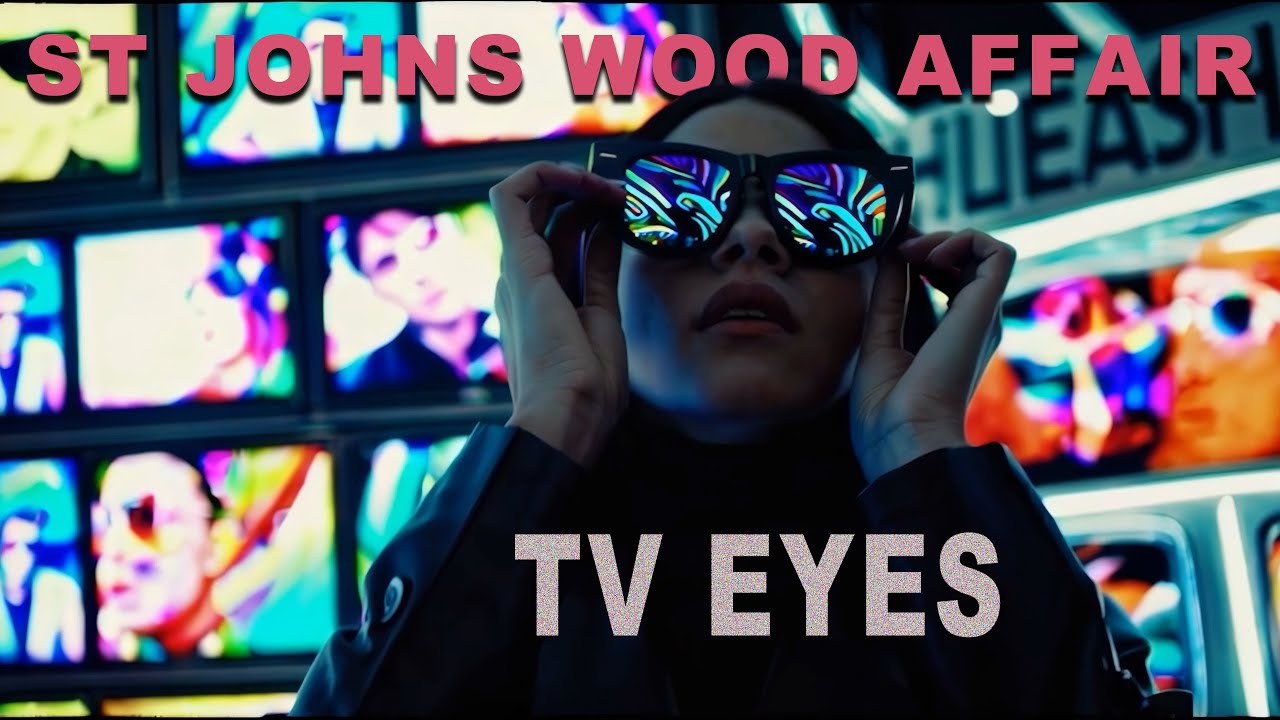
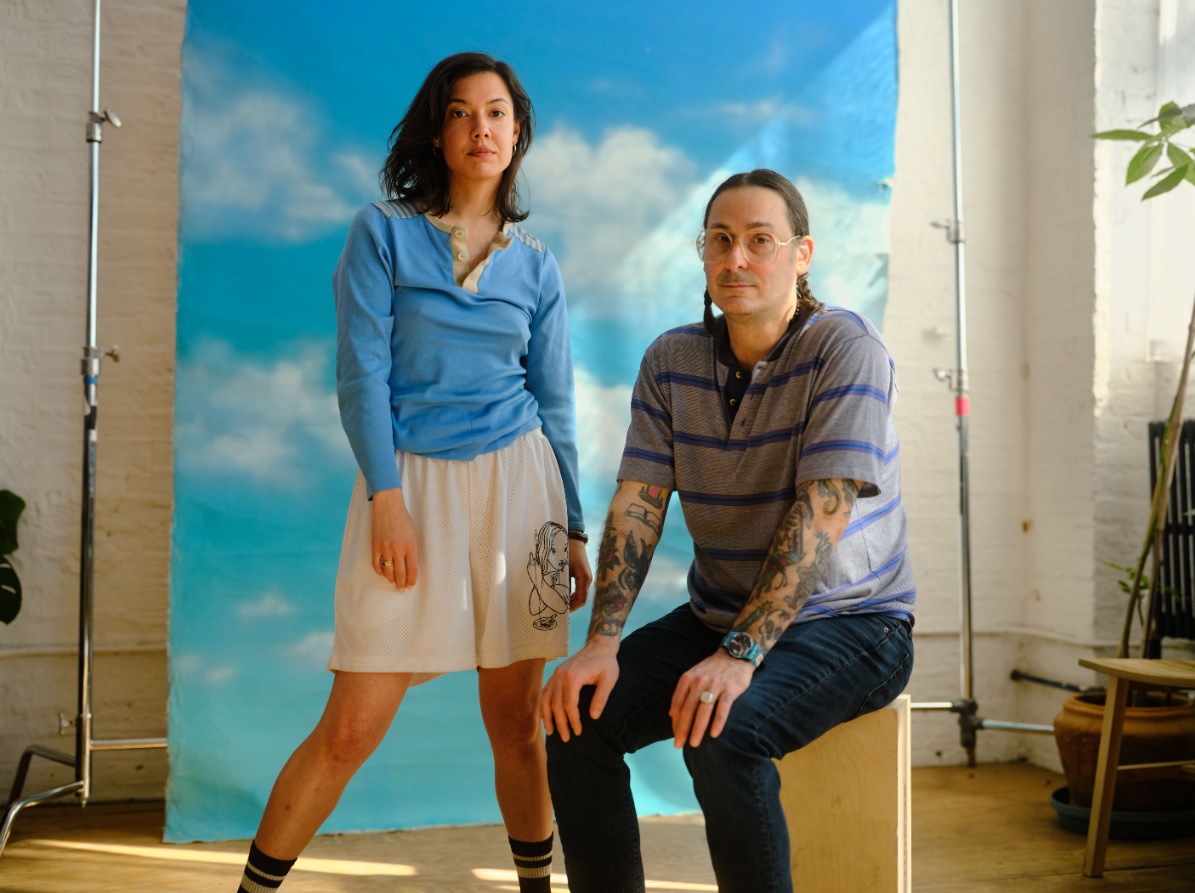
I met Bob in St. Augustine where he would team up with Gamble at The Tradewinds late ’60’s. Muscial wizards and great story tellers!!!